High-fat food biases hypothalamic and mesolimbic expression of consummatory drives
- PMID: 32747789
- PMCID: PMC7529959
- DOI: 10.1038/s41593-020-0684-9
High-fat food biases hypothalamic and mesolimbic expression of consummatory drives
Abstract
Maintaining healthy body weight is increasingly difficult in our obesogenic environment. Dieting efforts are often overpowered by the internal drive to consume energy-dense foods. Although the selection of calorically rich substrates over healthier options is identifiable across species, the mechanisms behind this choice remain poorly understood. Using a passive devaluation paradigm, we found that exposure to high-fat diet (HFD) suppresses the intake of nutritionally balanced standard chow diet (SD) irrespective of age, sex, body mass accrual and functional leptin or melanocortin-4 receptor signaling. Longitudinal recordings revealed that this SD devaluation and subsequent shift toward HFD consumption is encoded at the level of hypothalamic agouti-related peptide neurons and mesolimbic dopamine signaling. Prior HFD consumption vastly diminished the capacity of SD to alleviate the negative valence associated with hunger and the rewarding properties of food discovery even after periods of HFD abstinence. These data reveal a neural basis behind the hardships of dieting.
Conflict of interest statement
Figures
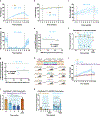
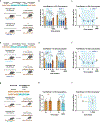
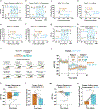
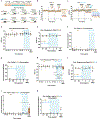
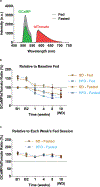
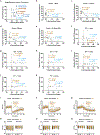




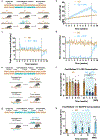
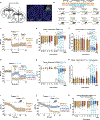
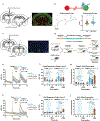

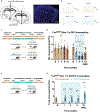
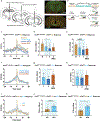
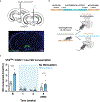

References
Publication types
MeSH terms
Substances
Grants and funding
LinkOut - more resources
Full Text Sources
Other Literature Sources
Molecular Biology Databases
Research Materials

